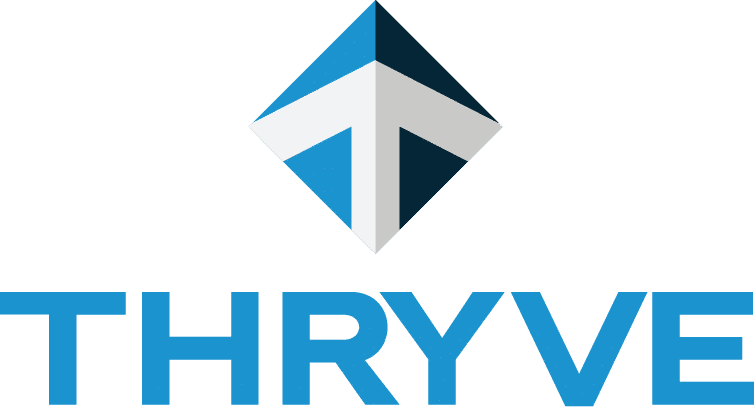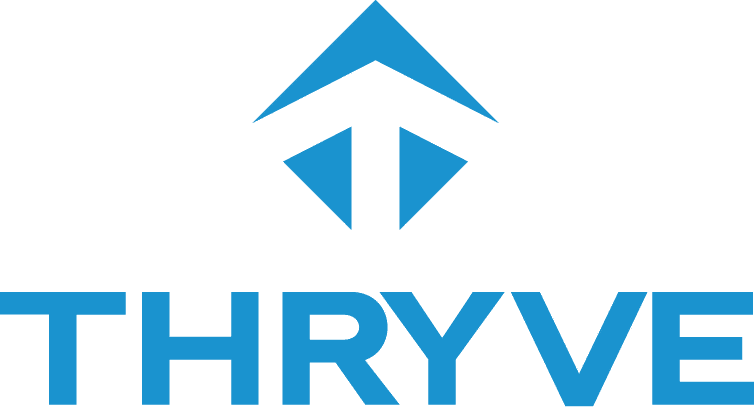One of the most critical components of ensuring a steady cash flow is mastering accounts receivable. Is accounts receivable an asset to your business? Is it part of your strategic accounting plan? What exactly is accounts receivable, and why should small business owners prioritize it?
Understanding Accounts Receivable
What is Accounts Receivable?
Accounts receivable (AR) represents the money owed to your business by customers who have purchased goods or services on credit. Essentially, these are invoices that have been sent but not yet paid. AR is an asset on your balance sheet because it signifies future cash inflows.
Why Accounts Receivable Matters
Efficient management of accounts receivable is crucial for maintaining liquidity. For small businesses, timely collection of receivables leads to cash flow disruptions that can impact the ongoing viability of the business.
Setting Up an Efficient Invoicing System
Choose the Right Invoicing Software
The foundation of effective AR management and strategic planning is a robust invoicing system. You can choose from dedicated invoicing apps with specialized features or utilize the invoicing tools integrated into broader accounting software like QuickBooks or Xero. Select a solution that seamlessly integrates with your existing systems, such as billing or proposals.
Leverage Automation: Automation saves you time and minimizes errors. Set up your invoicing software to automatically send invoices and follow-up reminders, ensuring consistency and freeing you from manual intervention.
Outsourcing Accounting: For small business owners this can be a time-saver. The Thryve Group can help you get set up for success.
Design Clear and Detailed Invoices
Your invoices should be clear and easy to understand. Include all necessary details, such as the invoice number, date, payment terms, and a breakdown of the charges. A well-designed invoice reduces the likelihood of payment delays caused by confusion or disputes.
Establishing Payment Terms and Policies
Define Clear Payment Terms and Policies
Clear payment terms set expectations for your customers and help you manage cash flow for your strategic accounting purposes. Common terms include Net 30, where payment is due within 30 days of the invoice date. The shorter the terms period, the better your cash flow. Most businesses are used to shorter payment terms over the last few years as technology has improved.
Be explicit about late fees and any discounts for early payment. Include these terms in your contracts and reiterate them on your invoices. Clear communication can prevent misunderstandings and encourage timely payments.
Enforce Payment Policies
Consistency is key in enforcing payment policies. Apply late fees as stated and follow through with payment reminders. This demonstrates that you take your payment terms seriously and expect customers to do the same.
Monitoring and Managing Accounts Receivable
Regularly Review AR Aging Reports
An AR aging report categorizes your receivables based on how long they’ve been outstanding. Regularly reviewing this report helps you identify late payments and take proactive steps to collect overdue amounts.
Implement a Collection Strategy
Develop a collection strategy that includes friendly reminders, follow-up emails, and phone calls. If necessary, escalate to formal collection letters and consider involving a collection agency for severely overdue accounts.
Conclusion
By implementing effective invoicing systems, establishing clear payment policies, and leveraging technology, you can optimize your cash flow and support sustainable growth.
Consider outsourcing accounting – for small business owners, this will allow you to focus on what you do best.
Streamline Your Accounting with The Thryve Group
Focus on growing your business while we handle your accounting needs. Our expert team provides comprehensive accounting and strategic services, including AR management, to help you optimize cash flow and achieve success. Contact us today!

